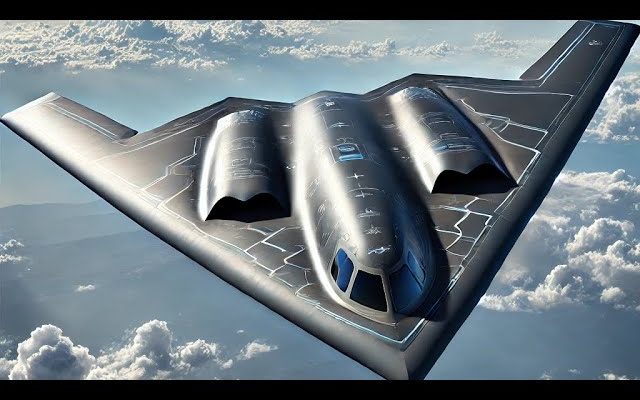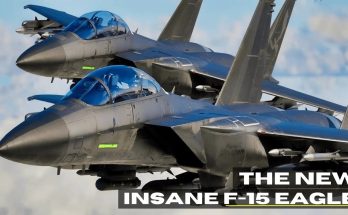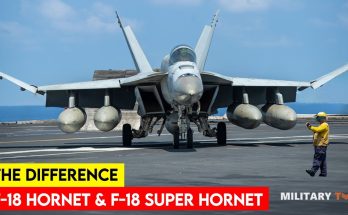The B-2 Spirit bomber is one of the most iconic and advanced aircraft in the U.S. Air Force. Designed for stealth, precision, and long-range capabilities, this flying machine boasts a range of remarkable features. Here are some key aspects you need to know about the B-2 Bomber:
1. Stealth Technology
The B-2 is one of the most stealthy aircraft ever built. Its unique flying wing design minimizes its radar signature, allowing it to penetrate heavily defended airspaces undetected. The combination of shape, materials, and coatings helps it evade detection by enemy radar, making it highly effective for strategic missions.
2. Flying Wing Design
The B-2 features a flying wing design, which means it lacks the traditional tail and fuselage found in most airplanes. This design contributes to its stealth by reducing the aircraft’s radar cross-section and providing greater aerodynamic efficiency.
3. Advanced Materials
The bomber is made from composite materials that absorb radar waves. These materials also help reduce the overall weight of the aircraft while enhancing durability. The aircraft’s surface is coated with a special radar-absorbing material to further reduce detection.
4. Range and Payload
The B-2 has an impressive range of 6,000 nautical miles without refueling, allowing it to conduct global strikes. With in-flight refueling, its operational range extends even further. The bomber can carry up to 40,000 pounds of both conventional and nuclear weapons, making it a versatile platform for strategic bombing missions.
5. Precision Strike Capability
The B-2 can deliver precision-guided munitions (PGMs), including JDAM (Joint Direct Attack Munition) and cruise missiles, enabling it to hit high-value targets with incredible accuracy. Its ability to carry both nuclear and conventional payloads allows it to serve a wide variety of strategic objectives.
6. Crew and Cockpit
The B-2 is piloted by a two-person crew—a pilot and a mission commander—who work together to operate the aircraft. The cockpit is equipped with advanced avionics and digital flight controls, allowing the crew to manage the aircraft’s various systems efficiently.
7. Sophisticated Avionics and Radar
The B-2 is equipped with highly advanced avionics systems, including radar and navigation aids that enhance its capability to operate in hostile environments. The radar system is designed to allow the aircraft to detect and avoid threats while also remaining undetected by enemy radar.
8. Cost and Production
The B-2 is incredibly expensive, with an estimated unit cost of $2.1 billion (when adjusted for inflation). Only 21 B-2s were built, with most of them currently in service with the U.S. Air Force. The production of these bombers was extremely limited due to the high costs involved.
9. Maintenance and Upgrades
Due to its complex systems, the B-2 requires extensive and specialized maintenance. The aircraft is housed in climate-controlled hangars to prevent damage to its sensitive components and stealth coatings. Over time, the B-2 has undergone multiple upgrades to enhance its capabilities, including improvements to avionics, stealth coatings, and weapon systems.
10. Strategic Role
The B-2 plays a critical role in the U.S. nuclear triad, offering the capability for strategic nuclear deterrence. Its ability to strike targets deep within enemy territory makes it a vital component of the U.S. military’s long-range strike capabilities, providing a powerful tool for both conventional and nuclear missions.
Conclusion:
The B-2 Bomber is a marvel of modern engineering, combining advanced stealth technology, long-range capabilities, and precision strike power. Though expensive to build and maintain, it serves as an essential asset for the U.S. Air Force, ensuring the nation’s ability to project power and maintain deterrence capabilities on a global scale.



